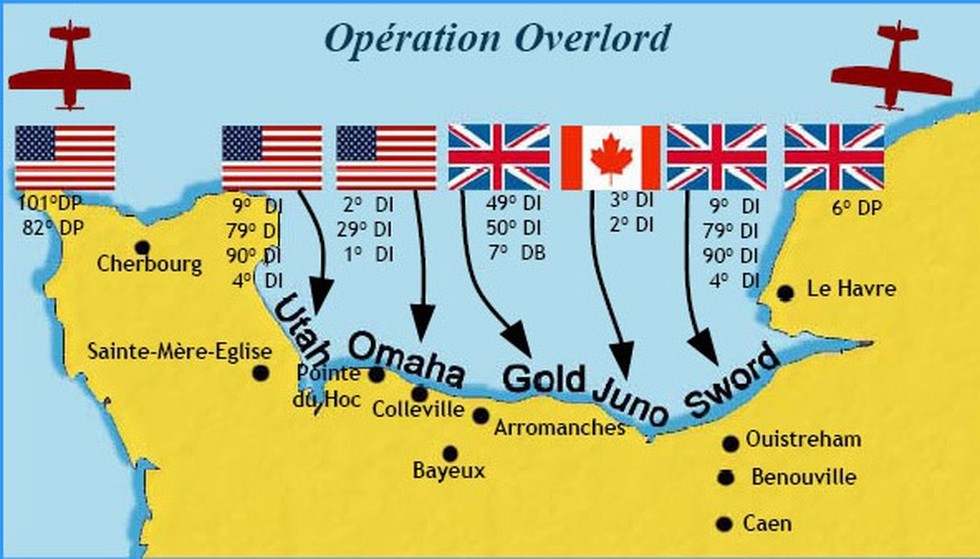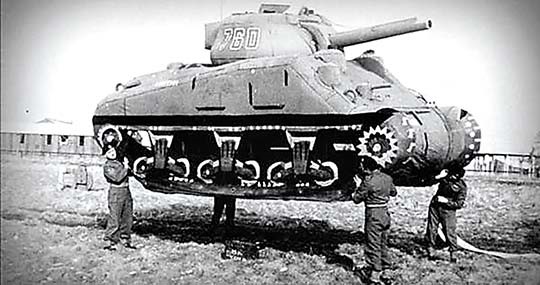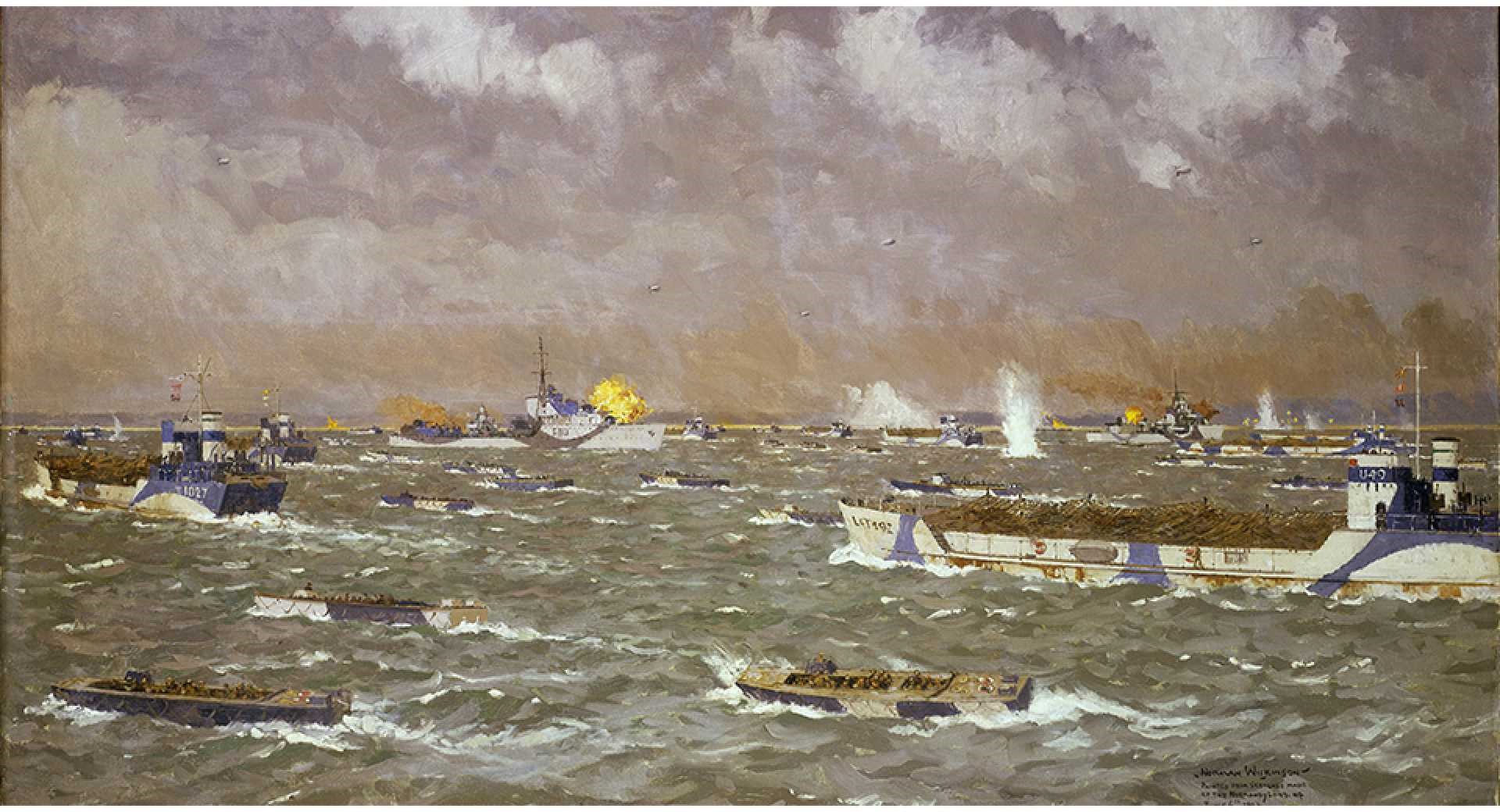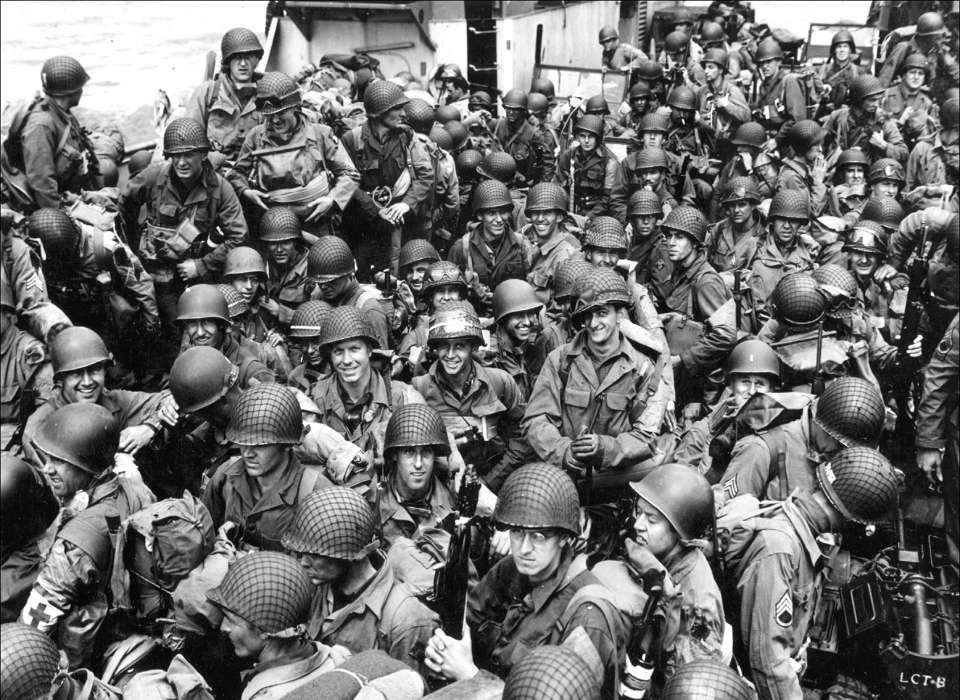Operation Overlord’s D-Day and Winning Victory
Posted Monday, June 1st
During the days leading up to the D-Day Anniversary, Colonial Flag Foundation posted short Facebook postings during the first six days of June focusing on aspect of D-Day’s 76th Anniversary. These demonstrate how the world came together in the time of crisis offering now the hope that the world unite to win victory against a danger that has impacted the world’s peoples and economies. Despite difficulties, there is hope for a brighter future. That is the message of D-Day on its 76th Anniversary. Flag-Post now presents the texts and pictures that Colonial Flag Foundation posted on Facebook. These daily posting received high interests, and we publish them together for those who may not have seen them or may have missed one or more days of the Facebook postings.
D-Day Minus 5
As we commemorate the 75th Anniversary of World War II’s end, the significance of the 1944’s D-Day invasion of Fortress Europe one year earlier becomes apparent. A successful landing would open the way to total victory, but Allied forces pushed back into the sea would jeopardize the entire war effort.
The term D-Day is not unique to June 6, 1944, rather it has been and is still used to designate the start date of many military operations. This is useful military shorthand since D+4 means four days after D-Day and D-4 indicates 4 days before D-Day of any given operation. Nevertheless, D-Day of the Normandy invasion has swallowed up other uses of the term in popular usage. Describing days before and after the invasion mark June 6, 1944 as a pivotal point in history of the Twentieth Century.
Posted Tuesday, June 2nd
D-Day Minus 4
It is almost impossible to visualize the magnitude of Operation Overlord, better known to us simply as D-Day. During a stretch of extremely stormy weather in early June of 1944, 156,000 U.S., British and Canadian troops waited anxiously aboard ships, airmen readied planes & gliders at air strips while commanders looked for a break in the weather that would allow the massive invasion of Fortress Europe to begin.
British and Canadian Forces landed at beaches code named Gold, Juno and Sword, while American troops came ashore on Utah and Omaha beaches. Facing strong resistance, American forces lost 2,000 troops on Omaha Beach, but at days more than 150,000 Allied troops had made it ashore. In total more than 4,000 Allied troops lost their lives in the D-Day landings.
Posted Wednesday, June 3rd
D-Day Minus 3
Allies had conducted an Immense campaign of deception to mislead the enemy about D-Day’s timing and target. Fake radio military transmissions created a phantom army supposedly commanded by General Douglas McArthur to convince the German High Command that the invasion would take place at Pas-de-Calais (the narrowest point between Britain and France) rather than Normandy. Inflatable rubber tanks and trucks filled British fields as elaborate decoys that would look real to German air reconnaissance pilots. The deceptions successfully mislead the enemy about troop strengths, troop locations and the target of the Allied invasion.
Posted Thursday, June 4th
D-Day Minus 2
Convinced that storms would not allow an Allied invasion, the enemy let their guard down during June’s early days of 1944. After postponing D-Day from June 5th to the 6th, Eisenhower’s staff waited with apprehension for meteorologists to forecast a break in the inclement weather. Troops, ships and planes could not be held in readiness for long. Every hour’s delay increased the danger that the enemy would discover that the invasion was eminent and where it would be directed. A clear patch of weather finally opened, and 5,000 ships supported by 11,000 aircraft left British ports and airfields headed for five targeted beaches stretching along 50 miles of the French coastline.
D-Day Minus 1
Many major dangers threatened Operation Overlord, and the massive beach defenses alone presented a colossal obstacle as troops came ashore. While German troops wore belt buckles inscribed with the motto, “Gott Mit Uns” (God With Us), events of the day demonstrated that Deity sided with the invading allies. The break in foul weather, not recognized by the Germans, made the invasion possible. Field Marshall Rommel, the German commander, was on leave to celebrate his wife’s birthday. Hitler slept late and no one dared wake him with the bad news. When he did awake, he believed Allied propaganda that the main invasion would take place at Calais. Certain that the landing was only a diversion, Hitler held back armor divisions that could have killed thousands of invaders, and the German General Staff also believed Allied disinformation and hesitated in responding to the invasion.
Posted Saturday, June 6th
D-Day
Called the Longest Day, the Operation Overlord landings at Normandy led to freeing occupied France and opening the way to invade Germany and force Nazi Germany’s Third Reich to surrender unconditionally. The United States, Europe and the world united to defeat Nazi tyranny. The defeat of Imperial Japan came a few months later, and the Allied World War II Victory became the pivotal point of the Twentieth Century. Although the Cold War and other conflicts followed, no greater combined wartime effort exists, not just during the century but during world history. Civilians, agriculture and factories joined the military in an all-out war that demanded an all-out exertion to win the final victory.
The challenges of today differ from those of World War II and Operation Overlord; however, with the somewhat bewildering range of difficulties appearing during the first months of 2020, the lessons of Operation Overlord and D-Day offer us hope that Americans united will overcome the challenges of today will win victory.






